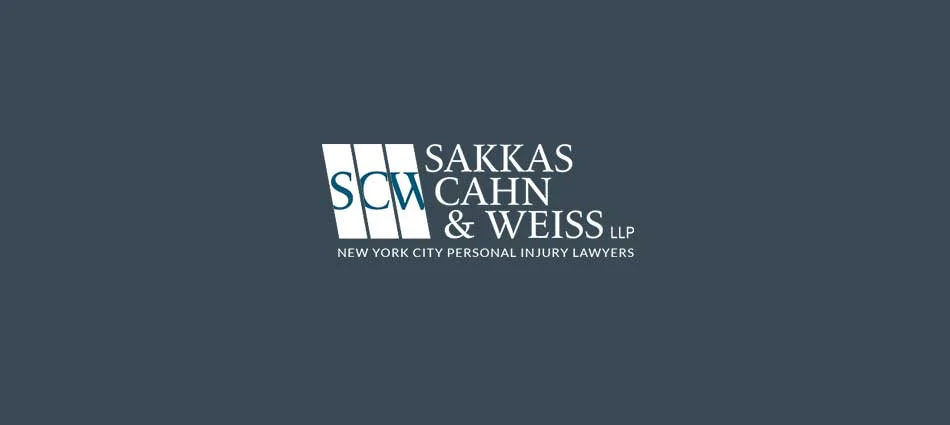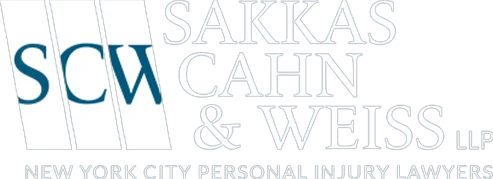Understanding Punitive Damages in NYC Personal Injury Cases

Often when we meet with clients, they are outraged by the behavior of the negligent party in their personal injury case. We have nothing but empathy for these feelings, especially when the conduct they’re talking about is egregious.
These clients always want to know if they can get punitive damages added to their personal injury settlement. This is especially true now, with punitive damages in the news thanks to the Alex Jones trial.
Unfortunately, punitive damages aren’t always an option.
The Purpose of Punitive Damages
Table of Contents
- The Purpose of Punitive Damages
- Why are punitive damages so rare?
- What might lead a judge or jury to award punitive damages?
- Recent Cases Involving Punitive Damages
- Personal Injury is Complex
The purpose of compensatory damages is to help a plaintiff address their losses after another person’s negligence causes injuries. Punitive damages are different.
Punitive damages exist to punish a defendant and to deter other defendants from acting similarly in the future.
Punitive damages aren’t rooted in actual expenses and are based mainly on the jury’s perception of what would be fair.
Why are punitive damages so rare?
There are several reasons you need to look at.
First, punitive damages don’t come up in cases where the plaintiff and defendant settle. That’s 98% of personal injury cases. Gaining punitive damages in a settlement would require the defendant to admit the sort of wrongdoing which might lead to such an award, which defendants do not want to do.
Instead, a lawyer might use the threat of punitive damages to push for a higher pain and suffering award or to urge the defendants to settle fairly before the matter needs to be taken to trial.
Second, plaintiffs must meet a high burden of proof to show that punitive damages are appropriate in their case.
Third, punitive damages are already unavailable in cases against governmental entities. Current case law upholds the idea that assessing punitive damages against, say, the city of New York or the state of New York would only result in punishing taxpayers who had nothing to do with the conduct leading up to the accident. Eliminating cases involving governmental defendants rules out quite a few injury cases.
What might lead a judge or jury to award punitive damages?
First, understand that punitive damages are designed to vindicate public rights rather than to remedy private wrongs. If only one person was hurt or put at risk by the behavior, it’s much harder to press for punitive damages.
The courts must also find that the conduct involved went above and beyond mere negligence. The conduct must:
- Carry a high degree of moral culpability
- Transcend mere carelessness
- Represent a high degree of immorality or moral turpitude
- Show a wanton disregard for public safety
- Be unusually reckless
- Show utter disregard for the rights and safety of others
In practice, all this means that the bad behavior must be noteworthy in some way.
These requirements often confuse our clients. Why doesn’t drunk driving or texting while driving qualify as transcending mere carelessness or showing unusual recklessness?
The answer is that established case law tells us that intoxication alone, or distraction alone, is not enough to sue for punitive damages. The courts reserve the right to use them on a case-by-case basis, but will not use them for every drunk driving case.
Your best chance for attaining punitive damages in such a case would be to show that the plaintiff has a pattern of DWIs or distracted driving violations, and even then, it’s no sure thing.
Recent Cases Involving Punitive Damages
One unsuccessful example of an attempt to seek punitive damages is Cioni v. Avon Products, in which the defendant exposed the plaintiff to asbestos through a talcum powder product leading to a diagnosis of Pleural mesothelioma.
The courts denied punitive damages in this case, stating the plaintiff had failed to prove that Avon Products had intentionally “done an act of an unreasonable character in disregard of a known or obvious risk that was so great as to make it highly probable that harm would follow, and has done so with conscious indifference to the outcome.”
A successful example is a recent wrongful death case against Ford. The family of an elderly couple who died during a rollover accident received $1.7 billion in punitive damages after showing that Ford knew of a roof design defect in the F-150 truck that put passengers at risk during rollover damages.
Ford sold pickups with that same roof flaw for 17 years without addressing the problem. Ford engineers had designed a safer roof, but the automaker did not install them on trucks until 2017, allowing 5.2 million dangerous trucks to go out on the road instead.
Personal Injury is Complex
While we may not be able to punish a defendant you’re feeling angry at, we can ensure that your medical bills get paid, that your lost wages are addressed, and that you receive a fair pain and suffering award.
Our strategy will depend upon the facts of your case. If you’ve been injured in an accident, don’t try to deal with your case on your own. Contact our office to get help today.
See also:
What to Do if a Product Makes You Sick
How to Help Your Lawyer Make You Money in Your Personal Injury Case
Get A Free Case Review
Fields marked with an * are required
"*" indicates required fields
110 East 42nd Street
Suite 1508
New York, NY 10017
Phone: 212-571-7171
Fax: 212-571-7174
1461 Franklin Ave, Suite 2SE
Garden City, NY 11530
Phone: 516-747-7472
Fax: 212-571-7174

